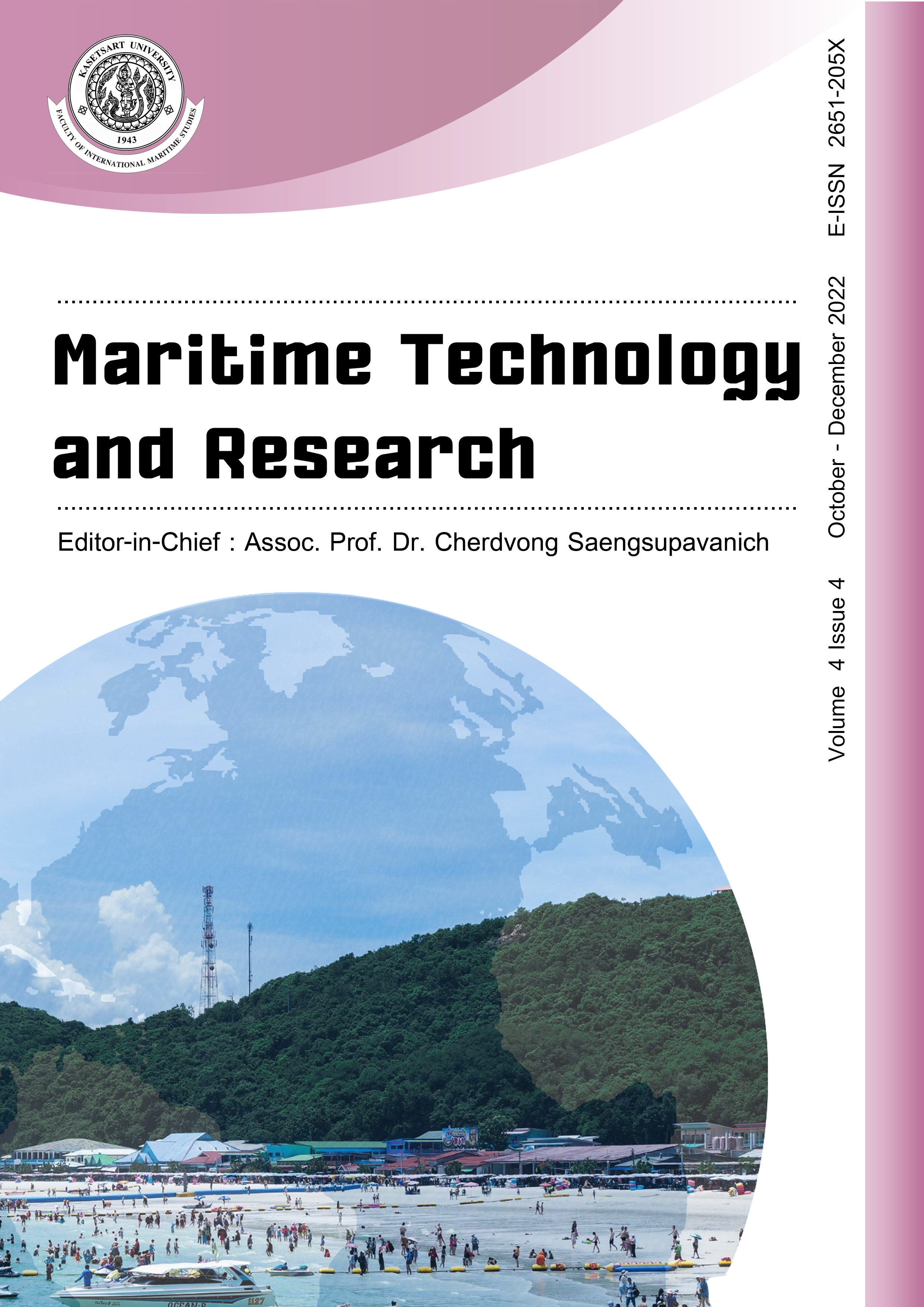Conceptual analysis of seepage control for Senggarang Coastal Embankment with chemically-stabilized backfill
DOI:
https://doi.org/10.33175/mtr.2022.258113Keywords:
Embankments, Seepage, Silty clay, Stabilisation, Lime-ZnO, Senggarang Coastal Embankment, Chemically-stabilised backfillAbstract
One of the common problems of coastal embankments is water seepage. The Senggarang Coastal Embankment (SCE) is examined in the present work, with the objective of proposing the improvement of the earth structure via chemical stabilization. The stabilized soil embankment was simulated and analyzed with PLAXIS 8 to identify a conceptual proposition of solution using a conventional and innovative stabilizer, i.e., lime-ZnO and cement-CSP (cockle shell powder). The base of the embankment was assumed to be bedrock, in order to eliminate the passage of water below the embankment. Stabilization was taken as 100 % for the embankment, i.e., a homogeneous earth structure made entirely of stabilized soil for seepage mitigation. Input parameters for the simulations were acquired from both field samples and past studies. Varying water levels due to tidal effect were applied in the model to determine the changes of pore pressure distribution which could potentially lead to instability of the embankment. As water level increases with the rising tide, total displacement of the original earth embankment was found to increase as the soil weakened, with decreasing effective shear stress. Replacement of the embankment backfill with cement-CSP and lime-ZnO were both observed to significantly reduce the displacements. The use of both stabilizers not only improves the SCE’s engineering performance in terms of reduced water seepage and displacement, accompanied by increased strength, but the ‘green’ nature of the former, as derived from organic waste, also enhances the appeal of the stabilization technique.
------------------------------------------------------------------------------
Cite this article: Roslan, N., Yahya, N.F., Chan, C.-M., Sani, S., Rosman, M.Z. (2022). Conceptual analysis of seepage control for Senggarang Coastal Embankment with chemically-stabilized backfill. Maritime Technology and Research, 4(4), 258113. https://doi.org/10.33175/mtr.2022.258113
------------------------------------------------------------------------------
References
Afrin, H. (2017). A review on different types soil stabilisation techniques. International Journal of Transportation Engineering and Technology, 3(2), 19-24. https://doi.org/10.11648/j.ijtet.20170302.12
Jit, C. E. L., Nujid, M., Idrus, J, Tholibo, D. A., & Bawadi, N. F. (2021). Effectiveness of different admixtures on Atterberg limit and compaction characteristics of stabilized soil. IOP Conference Series: Earth and Environmental Science, 920, 012025. https://doi.org/10.1088/1755-1315/920/1/012025
Kalkan, E. (2020). A review on the microbial induced carbonate precipitation (micp) for soil stabilisation. International Journal of Earth Sciences Knowledge and Applications, 2(1), 38-47.
Khodaparast, M., Rajabi, M. A., & Mohammadi, M. (2021). Mechanical properties of silty clay soil treated with a mixture of lime and zinc oxide nanoparticles. Constructions and Building Materials, 281, 122548. https://doi.org/10.1016/j.conbuildmat.2021.122548
Nochaiya, T. Sekine, Y., Choopun, S., & Chaipanich, A. (2015). Microstructure, characterizations, functionality and compressive strength of cement-based materials using zinc oxide nanoparticles as an additive. Journal of Alloys and Compounds, 630, 1-10. https://doi.org/10.1016/j.jallcom.2014.11.043
Nujid, M., Idrus, J., Tholibon, D. A., Bawadi, N. F., & Firoozi, A. A. (2020). Bearing capacity of soft marine soil stabilization with cockel shell powder (CSP). International Journal of Engineering and Advanced Technology, 9(3), 1490-1497. https://doi.org/10.35940/ijeat.B3989.029320
Sakinah, N., & Chan, C. M. (2021). Numerical analysis of Senggarang embankment constructed with cement-CSP stabilized silty clay. Progress in Engineering Application and Technology, 2(1), 341-349. https://doi.org/10.30880/peat.2021.02.01.034
Yang, Y., Chu, J., Xiao, Y., Liu, H., & Cheng, L. (2019). Seepage control in sand using bio slurry. Constructions and Building Materials, 212, 342-349. https://doi.org/10.1016/j.conbuildmat.2019.03.313
Downloads
Published
Issue
Section
License
Copyright (c) 2022 Maritime Technology and Research

This work is licensed under a Creative Commons Attribution-NonCommercial-NoDerivatives 4.0 International License.
Copyright: CC BY-NC-ND 4.0








